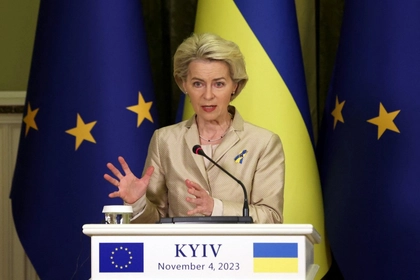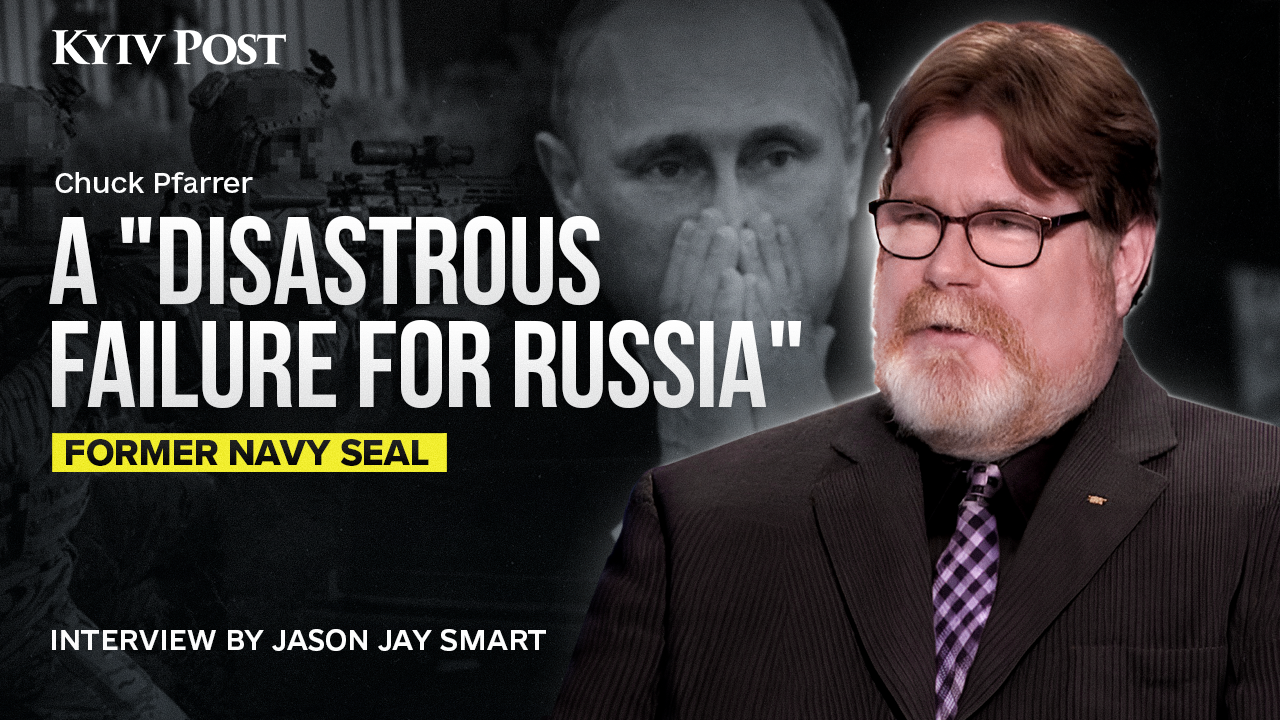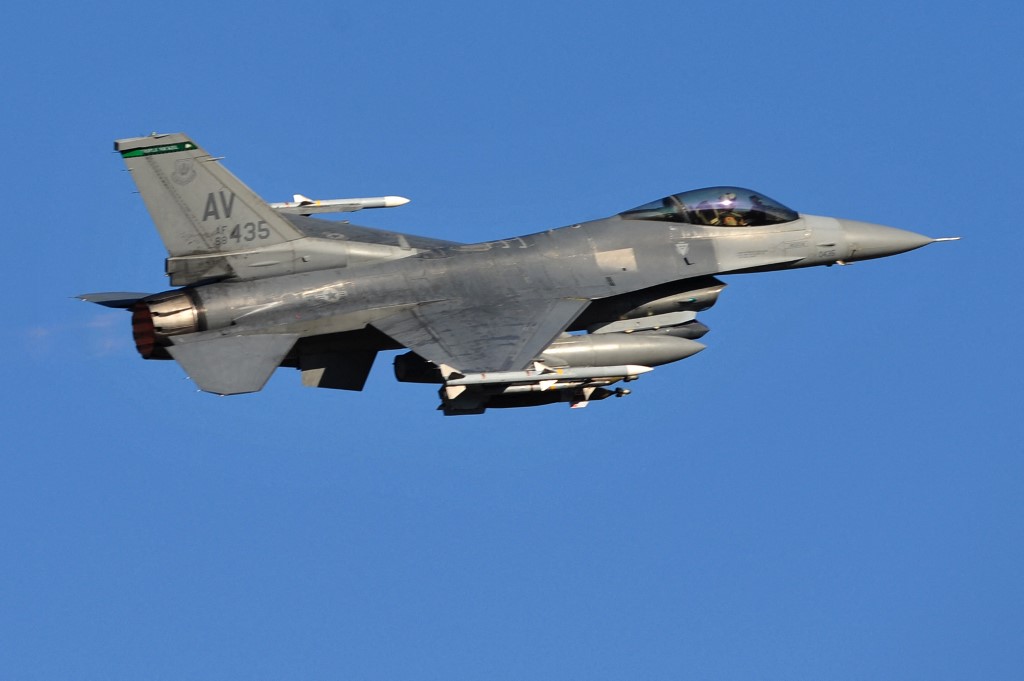Overview:
- Russian Duma passes record military spending, Putin signs off on budget
- British military chief notes that Russian daily death toll highest since the war began
- Attacks on Avdiivka fueling Moscow’s sky-high attrition rate, UK says
- Combat in Avdiivka, however, seems to have reached a stalemate on Monday
- Kremlin frets that any pause in fighting would bring about a “Minsk 3”
- Atomic regulators worried about Russians firing artillery from nuclear plant
Moscow may have set new record for military funding
The AP reported that Russian President Vladimir Putin on Monday signed a national budget through 2027 that allocates a supposedly highest-ever percentage of defense spending for the country.
The overall budget increases national expenditures by 25 percent, while the exact amount earmarked for defense remains a state secret. In 2024, the Russian government will spend 36.6 trillion rubles ($415 billion) with an expected deficit of 1.595 trillion rubles ($9.5 billion).
JOIN US ON TELEGRAM
Follow our coverage of the war on the @Kyivpost_official.
“After the budget was passed by the lower house of the parliament [the state Duma], Speaker Vyacheslav Volodin said it was developed specifically to fund the military and to mitigate the impact of international sanctions imposed after Russia sent troops into Ukraine in February 2022,” AP reported.
Despite Western sanctions, Russia’s economy remains steady, analysts have said, with record low unemployment and higher wages. International policy experts have noted that while Moscow’s oil exports are down marginally, and the average Russian has felt the effects of Western sanctions at the grocery store, for example, the military has not felt the anticipated financial strain, as the Kremlin has re-directed funds to its “special operation” in Ukraine with little fear of repercussions at the ballot box.
British Defence Minister: Putin is “senselessly” sending thousands to their deaths
“Putin is stepping up his invasion - senselessly sending more Russians to die than at any time since the war began,” UK Defence Minister Grant Schapps said on social media platform X on Monday, commenting on the latest Russian casualty figures out of Kyiv.

EU Transfers €1.5 Bln Raised From Russian Assets for Ukraine
Re-posting his ministry’s received tally of Moscow’s losses in the full-scale invasion, Schapps wrote that “Ukrainian bravery & western support is holding back their advance, but we cannot be complacent. Ukraine needs our unwavering support to fight & win.”
Quoting numbers calculated by the Armed Forces of Ukraine’s (AFU) General Staff, the Defense Ministry noted that Russia is losing 931 soldiers a day in the month of November, the highest daily figures since March 2023, when invading forces were estimated to be losing 776 per day.
The ministry said that while it cannot “verify the methodology [of Kyiv’s calculations], taken as a total, including both the killed and the wounded, the figures are plausible.”
Putin is stepping up his invasion - senselessly sending more Russians to die than at any time since the war began.
— Rt Hon Grant Shapps (@grantshapps) November 27, 2023
Ukrainian bravery & western support is holding back their advance, but we cannot be complacent.
Ukraine needs our unwavering support to fight & win 🇺🇦 https://t.co/PinHkFPvvk
Operations: Avdiivka
The British Defence Ministry also noted that Avdiivka, in particular, has seen the highest attrition rates of Russian troops, due to the months-long attack on the Ukrainian stronghold.
“The last six weeks have likely seen some of the highest Russian casualty rates of the war so far. The heavy losses have largely been caused by Russia’s offensive against the Donbas town of Avdiivka,” the ministry said.
On Monday in the Avdiivka theater, the AFU General Staff reported that Ukrainian forces repelled “more than 30 Russian assaults east of Novobakhmutivka (13 km northwest of Avdiivka); northeast of Berdychi (7 km northwest of Avdiivka); south of Novokalynove (12 km north of Avdiivka) and Tonenke (7 km west of Avdiivka).
More broadly, Ukrainian Tavriisk Group of Forces Spokesperson Colonel Oleksandr Shtupun said on Monday that Russian forces are “attacking in six directions in the Avdiivka area and that heavy fighting is ongoing near the Avdiivka coke plant,” the Institute for the Study of War (ISW) wrote, adding again that Russian sources are still claiming that Moscow’s forces have “captured all of the industrial zone southeast of Avdiivka.”
Operations: Zaporizhzhia region
Both forces made confirmed advances in the Zaporizhzhia region on Monday, while international observers expressed concern that Russia is using the area around Europe’s largest nuclear power plant as a staging ground for artillery fire.
According to the ISW, Kyiv’s troops made marginal gains in the western part of the Zaporizhzhia region. Geolocated footage published Monday shows slight Ukrainian advances south of Robotyne.
0:00-0:43 Ukrainian attack from Robotyne towards Kopani.
— German_Observer (@GermanObserver1) November 27, 2023
Geolocation Start of the attack:
47.437394, 35.816190
Proof with: https://t.co/JRbJwkShjQ@GeoConfirmed @UAControlMap pic.twitter.com/Fb8FRuc13H
Meanwhile, on Monday, Russian forces reportedly advanced nearby, seizing “multiple fortified Ukrainian positions near Verbove,” the ISW wrote, and that Russian forces continued attacks near Robotyne in the face of Ukrainian opposition.
The ISW also reported that “Ukrainian nuclear energy operator Energoatom amplified the IAEA’s report on November 27 and reported that Russian forces are using the ZNPP as a firing position. ISW has repeatedly reported on Russia’s continued militarization of the ZNPP, including imagery and footage from summer 2022 confirming that Russian forces deployed military equipment to ZNPP grounds.”
Moscow worries that Western funding will bring a pause in fighting to re-arm Ukraine
Russian Foreign Minister Sergei Lavrov said on Monday that the West is “currently trying to freeze the war to gain time and rearm Ukraine for future attacks on Russia,” the ISW noted. Many Russian military bloggers agreed that any stoppage in the fighting would benefit Ukraine by allowing its forces to rest before resuming the counteroffensive.
Another prominent blogger echoed those thoughts saying that Kyiv could pull a “Minsk-3,” the ISW wrote, “alluding to the previous Minsk agreements that temporarily paused large-scale combat operations in eastern Ukraine in 2014 and 2015 but ultimately allowed Russia to prepare for the full-scale invasion.”
You can also highlight the text and press Ctrl + Enter









